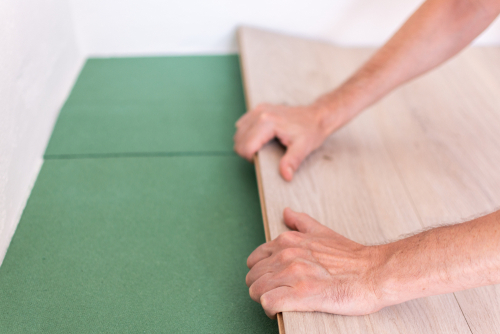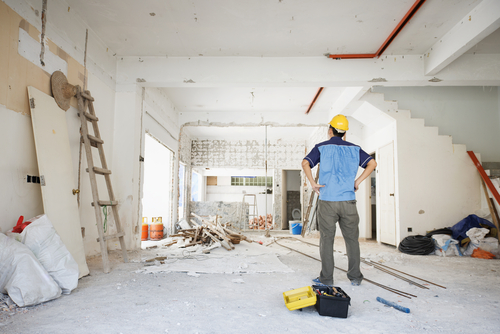
How To Choose The Right Electrician For Electrical Works?
March 15, 2022
How To Remove Paint From Wood Floors?
June 6, 2022How To Check For Home Defects After Collecting Keys?
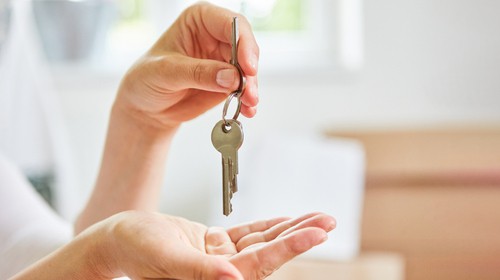
How To Check For Home Defects After Collecting Keys? Most new Homebuyers in Singapore are always thrilled to receive the keys and move into newly constructed homes. This excitement includes the desire to consider where the furniture will go or who will get which room. However, many people forget that you must ensure that the house is free of defects, like with any purchase.
In addition to setting up your utilities, this should be your top priority as soon as you collect the keys to your new home. Suppose you purchase newly-built property; it is vital to inspect your new property for defects. If you contact HDB or the developer during the defect’s liability period, that is one year from the day you were alerted about the collection of keys; they should rectify the defects at no cost.
For most homeowners, the timescale is substantially shorter, as you must disclose all issues before the commencement of renovations. We have compiled a few guidelines and checklists to facilitate your home inspection and guarantee that you purchase a property that is up to code and worth every dollar you spend. Read on – How To Check For Home Defects After Collecting Keys?
Table of Contents
Home Defects Inspection Checklist
Some of the areas you should inspect include:
1. Ceilings and walls
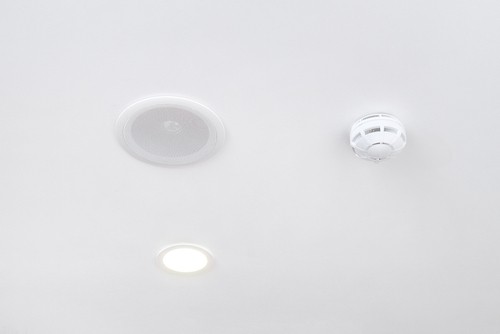
Check the ceilings and walls for stains, hairline cracks, and lines. Stains may be a symptom of water seepage, which may cause significant problems in the future. Hairline cracks may indicate issues with the building’s structure or foundation.
Generally, big fissures signify more significant issues. Also, look for aesthetic flaws, such as sloppy painting or brush traces. Even though they are minor, you can get them fixed for free if you identify them.
2. Tiles and floors
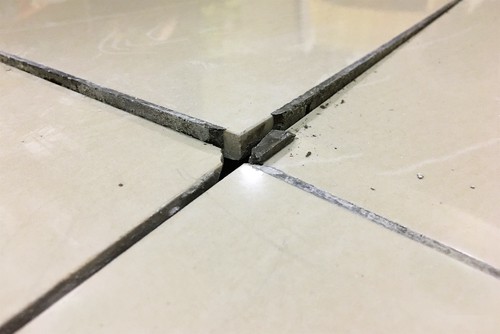
Examine the floor tiles for any scratches, chipping, or stains that could suggest water seepage. If any floor tiles sound hollow when you tap on them, this could indicate poor craft during installation. Additionally, it is advisable to verify that your flooring is consistent and uniform, with no tiles protruding or unevenly laid.
3. Doors and windows
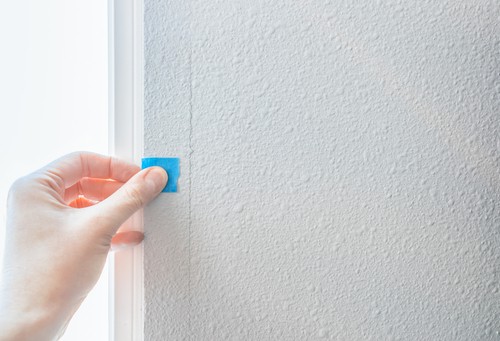
With your keys, you should be able to open and close your doors and gates with ease. Verify that there are no problems with the door’s mechanisms and that it opens and closes without screeching sounds. Additionally, check that the gate and the door are perfectly aligned. The door and gate hinges should be free of corrosion.
If the door has a peephole, ensure that it has been correctly installed and provides a good view. The door magnet should also be aligned and mold-free.
Ensure that you can open and close all the windows smoothly without producing screeching sounds. Additionally, you must use the keys to lock and unlock the windows to confirm that the system is functioning correctly.
It would be best to ensure contractors installed and lined the windows upright. Moreover, don’t forget to inspect the hinge, frame, and lock for rust. Also, check the glass for bubbles, scratches, chips, and other flaws.
4. Plumbing
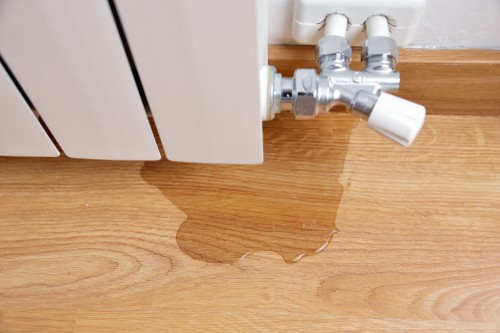
Take additional precautions to ensure there are no leaks in the house, as plumbing problems can be costly to fix and cause a great deal of damage. Examine the visible portions of all the pipes to ensure they are sturdy and free of stains or leaks, particularly at the joints. Look for stains on the floors and walls, fittings, valves, and cabinets.
Most valves, fittings, and connections are in the kitchen and bathroom. Wherever possible, check for leaks by opening and closing valves. Corrosion around fittings and valves is another warning of a possible leak; thus, examine the area more closely to ensure everything is in working order.
5. Electricals
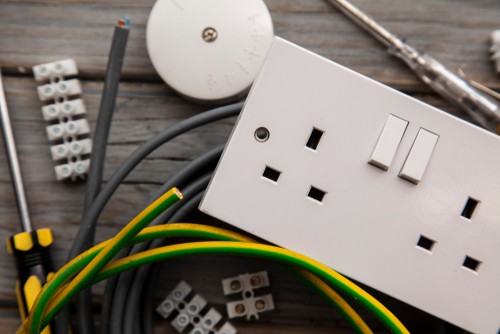
Check all electrical outlets for cracks, mold, and other defects, such as telephone and cable TV connections. In addition, you should use electrical equipment (such as a charger) to test the power outlets. Since electrical wiring has a short lifespan, if you are moving into an old house, you should have a professional electrician examine the wiring condition to see if rewiring is necessary.
6. Toilets
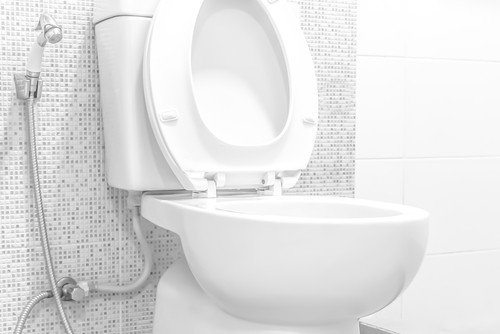
Examine all the toilets, including the bowls and seats, for cracks, stains, scratches, leaks, and water seepage. Ensure that you can easily move the toilet seat and lid by lifting and lowering them. There shouldn’t be any issues with the plumbing system.
7. Sinks, faucets, and a showerhead
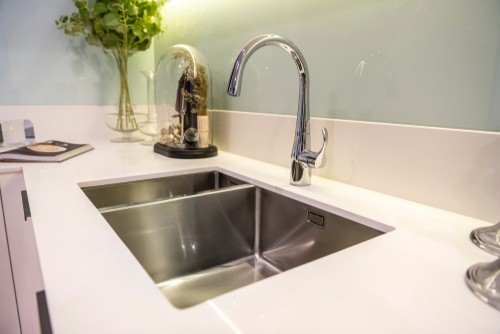
Check all basins, faucets, and showerheads for cracks, scratches, leaks, and water seepage. Water should run smoothly with adequate pressure, without spluttering or creating unusual noises. Also, there should be no spilling or leaking after turning off the faucet or shower.
8. Misaligned table tops
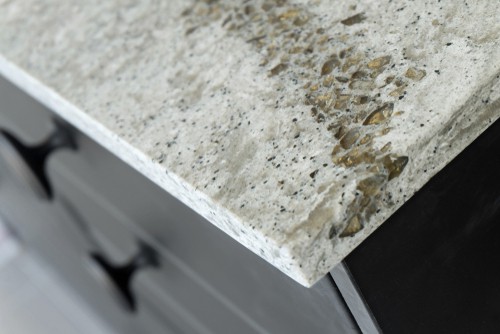
A misaligned table top is something easily overlooked by the inexperienced eye. You will not notice that a table is not straight until you are at eye level with its surface. Misaligned table tops are common with low-grade kitchen countertops. It is a flaw produced by faulty craftsmanship. Not from something over which the contractor has no control. As a result, your HDB or the developer should replace them immediately.
9. Air-conditioner leaks
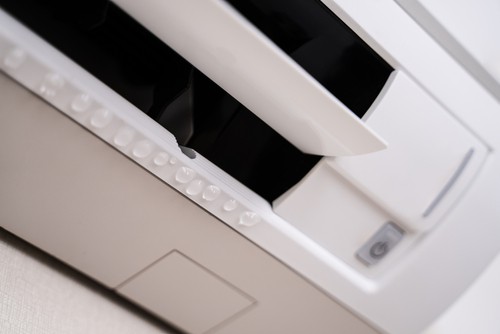
When you go into a new house for the first time, don’t swagger up to the balcony and gaze at the scenery, thinking about how wonderful it will be to enjoy it for years to come. Go to each room and turn on the air conditioner before doing anything else. By doing that, you will warm up the air conditioning system. By the time you finish inspecting the property, all the leaks in the piping will be immediately evident.
How To Check For Home Defects After Collecting Keys? – Conclusion
All homebuyers in Singapore should make a house inspection a top priority, even if it seems like a tedious chore. Inspecting your home ensures that you are purchasing a property free of defects. While some flaws are only aesthetic, others can be structural or hazardous.
In addition, many home flaws are not easy to spot with an untrained eye. These include uneven wall plastering, hairline wall cracks, uneven ceiling, etc. Consider getting a professional to assist you in inspecting home defects to have them fixed before they have a chance to spread.
After the repairs, it is also essential to inspect the property to confirm everything is okay. Also, check if all faulty appliances and fittings have been repaired or replaced.


